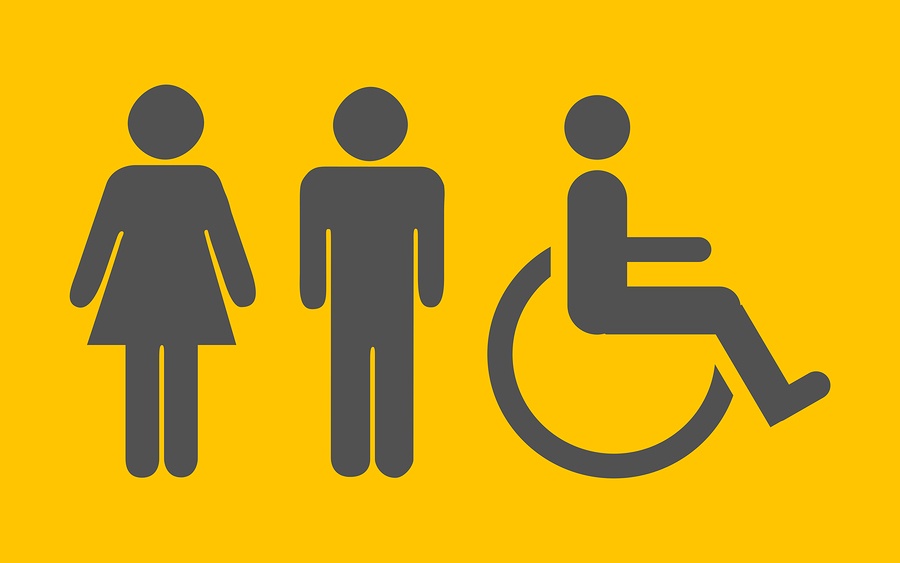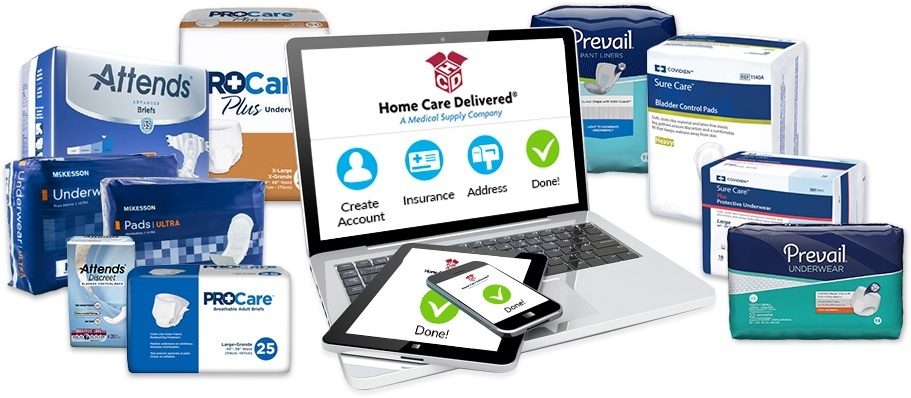What is Functional Incontinence?
This post was reviewed by our Director of Clinical Excellence and Oversight.
Functional incontinence occurs when physical or mental limitations result in leakage of urine or stool. People with functional incontinence may have a urinary or bowel system that works perfectly fine, but due to other circumstances, they cannot reach a bathroom in time.
How Functional Incontinence Happens
There are two primary factors that usually result in functional incontinence: physical immobility and mental impairment. People who have trouble moving, or who cannot move at all, may be unable to reach a bathroom when it is needed. Mental disorders can also cause people to struggle to use a bathroom, resulting in leakage.

Causes and Risk Factors
Here are some of the common causes and risk factors that lead to functional incontinence:
Alzheimer’s Disease/Dementia
Alzheimer’s and Dementia often can lead to challenges with functional incontinence.
As the disease progresses, people lose more of the brain’s ability to interpret signals from the body. This could include the recognition that they need to find a bathroom, resulting in leakage.
The extent to which Alzheimer’s and Dementia patients experience this is different for every person. Some may not experience functional incontinence, while others experience it regularly.
Get Incontinence Supplies Online With Medicaid
No Credit Card | Fast Delivery | 100% Discreet

Physical Disability
Physical disabilities and limitations can also result in functional incontinence. For these individuals, the ability to get to a bathroom may be extremely difficult or impossible to do by themselves. Patients restricted to a bed or wheelchair can experience functional incontinence, as well as others with impaired mobility.
Slow/Painful Movement
Some individuals don’t have any physical impairments, but movement is still slow or painful. When this is the case, getting to a bathroom may be a challenge. Older or arthritic individuals are more likely to be affected by slow or painful movement.
Solutions for Functional Incontinence
The best product for managing functional incontinence is the adult brief (also called adult diapers). Adult briefs have the highest level of absorbency and are the only product designed to handle both urinary and fecal incontinence. Like protective underwear, adult briefs require the right sizing to work properly. The experts on our team can help anyone find the right fit and product for their specific needs.
The good news is that some insurance policies cover adult briefs as a healthcare benefit, so it could be possible to get them at little or not cost. To learn your coverage options, complete the online incontinence product finder below or contact us today.
Get Incontinence Supplies Online With Medicaid
No Credit Card | Fast Delivery | 100% Discreet

Disclaimer:
Unless otherwise noted, the recommendations in this document were obtained from the sources indicated. Be advised that information contained herein is intended to serve as a useful reference for informational purposes only. HCD cannot be held responsible for the continued accuracy of or for any errors or omissions in the information. All trademarks and registered trademarks are the property of their respective owners.
